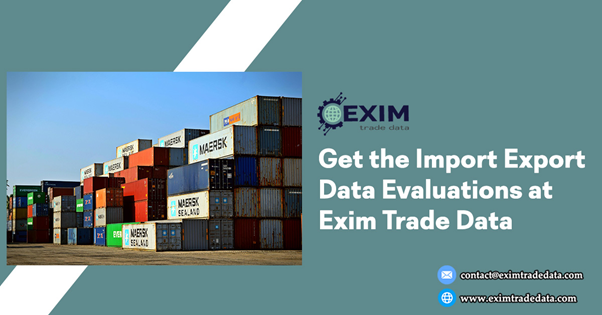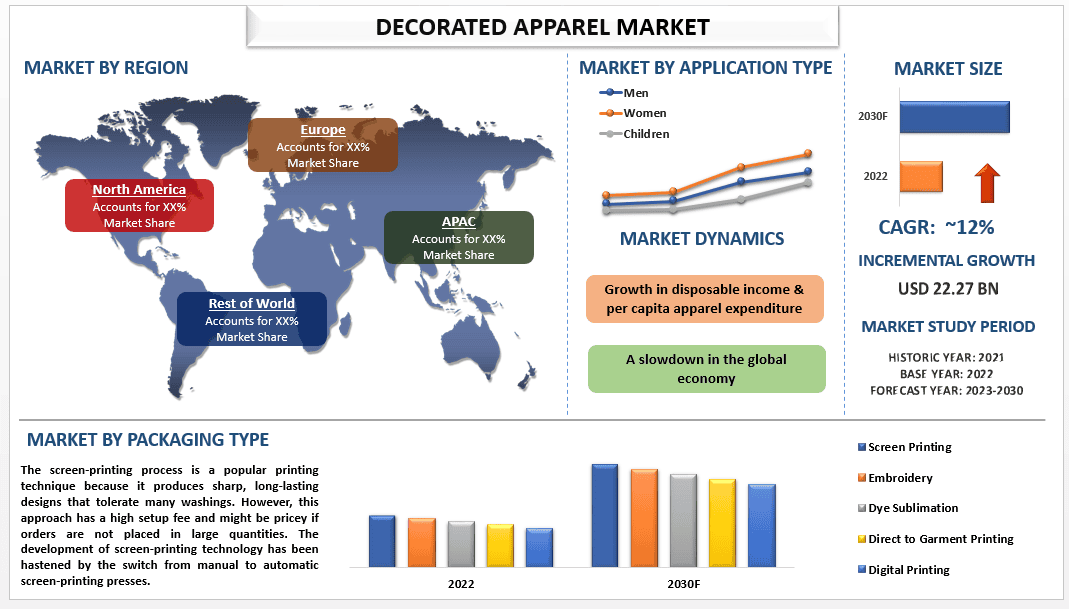The Economics of Wholesale Discounts: Why 5% Savings Matter More Than You Think

In wholesale, margins are razor-thin, and every euro counts. That’s why even a 5% average wholesale discount can have a surprisingly large impact on a retailer’s bottom line. For small stores in Spain and Portugal, where competition is fierce and consumer prices can’t be raised easily, a discount of this size isn’t just a perk—it’s a lifeline.
It reduces purchasing costs, improves cash flow, and creates room for reinvestment. Put simply: that 5% saving could be the difference between surviving another season and shutting doors.
Why It Matters in Retail Economics
Most retailers work on margins as low as 10–20%. If your margin is 15%, shaving 5% off supply costs boosts profits dramatically. Here’s the math:
-
A store buying €10,000 worth of products at normal wholesale rates makes about €1,500 in profit (15%).
-
With a 5% average wholesale discount, costs drop to €9,500. Profit jumps to €2,000.
-
That’s a 33% increase in profit—without selling a single extra item.
This illustrates why the term “average wholesale discount” is more than just jargon—it’s an engine of retail growth.
The Iberian Context: Why Spain and Portugal Rely on Discounts
In markets like Spain and Portugal, independent retailers dominate. From family-run shops in Seville to minimarkets in Porto, these businesses live and die by pricing strategies. They can’t compete with massive supermarkets on volume, so they need smarter purchasing.
Here, the average wholesale discount is not just a financial tool—it’s a competitive weapon. A consistent 5% saving gives smaller players the flexibility to price competitively, absorb shocks, and maintain customer loyalty.
The Role of Cash and Carry in Discount Economics
Traditional suppliers often offered discounts only to big buyers or through complex contracts. Smaller shops were left out.
This is where Cash and Carry wholesalers changed the game. With transparent shelf pricing, open warehouses, and direct promotions, they leveled the playing field. Retailers no longer had to negotiate behind closed doors—discounts became visible and accessible.
A recent example is Exotic Cash and Carry, listed on Thokmandee’s marketplace, which launched a 5% discount campaign in the Iberian Peninsula. Such promotions reinforce why average wholesale discounts matter—they turn into immediate, tangible benefits for everyday retailers.
How Small Discounts Multiply Across the Supply Chain
Think of wholesale economics like dominoes. One small push—say, a 5% discount—triggers a series of effects:
-
Reduced purchase costs → frees up cash.
-
More competitive pricing → attracts customers.
-
Increased sales volume → boosts revenue.
-
Better reinvestment opportunities → fuels long-term growth.
Even though 5% may look minor on paper, when multiplied across hundreds of transactions per month, it snowballs into significant savings and stronger resilience.
Pain Points Without Discounts
Now imagine the reverse: a retailer buying without discounts. They face:
-
Higher baseline costs that squeeze profits.
-
Less flexibility to run promotions or sales.
-
Difficulty competing with nearby shops who do benefit from wholesale offers.
-
Cash flow bottlenecks that limit inventory growth.
In today’s Iberian retail climate, operating without tapping into average wholesale discounts is like running a marathon in heavy shoes—possible, but exhausting.
Why 5% Hits the Sweet Spot
Some might argue that 5% is too small to matter. But here’s the truth: it’s small enough for wholesalers to offer regularly, and large enough to transform a retailer’s economics. Unlike extreme discounts (which may raise suspicion or indicate poor-quality stock), 5% feels sustainable—a sign of strong supplier-retailer partnerships.
In Spain and Portugal, where tourism spikes and seasonal demand create unpredictable sales cycles, such manageable discounts allow retailers to stay nimble without overcommitting.
The Digital Factor: Tracking and Optimizing Discounts
Another reason the average wholesale discount is becoming a talking point is digitization. Platforms like Thokmandee are making discount tracking transparent. Retailers can see average savings across vendors, compare options, and make smarter choices in real time.
This kind of transparency helps retailers stop “leaving money on the table.” Instead of relying on guesswork or sporadic promotions, they build strategies around predictable discount averages.
Practical Benefits Retailers Can Expect
Let’s break it down into real-world advantages retailers experience when securing even modest wholesale discounts:
-
Improved cash flow for essentials like rent and wages.
-
Stronger customer offers—retailers can run price promotions without eating into margins.
-
Inventory expansion—more stock variety to attract customers.
-
Stability during downturns—a cushion against slower sales periods.
It’s like compounding interest in banking: small, steady gains accumulate into powerful results over time.
The Psychology of Discounts
Beyond the numbers, discounts create a psychological advantage. Retailers feel more confident when purchasing stock at a reduced rate. That confidence often translates into bolder strategies—testing new products, adjusting prices creatively, or reinvesting in store improvements.
For wholesalers, offering such discounts builds trust and loyalty. Retailers are far more likely to return to vendors who consistently provide fair, predictable savings.
Looking Ahead: The Future of Average Wholesale Discounts
As Iberian wholesale markets evolve, the concept of an average wholesale discount will become even more central. Expect to see:
-
Standardized discount ranges across wholesalers.
-
Data-driven insights that track discount impacts on retail margins.
-
Hybrid models where Cash and Carry combines with online ordering for flexible discount access.
-
Greater vendor competition, pushing consistent offers like Exotic Cash and Carry’s 5% campaign.
In this future, discounts won’t just be occasional perks—they’ll be the backbone of retailer-wholesaler relationships.
Conclusion
A 5% average wholesale discount may not sound dramatic, but in retail economics, it’s transformative. For shop owners in Spain and Portugal, where margins are thin and competition is high, that saving strengthens cash flow, expands opportunity, and builds resilience.
Wholesalers like Exotic Cash and Carry, featured on thokmandee.com, prove how small, consistent offers create outsized value. Ultimately, wholesale discounts aren’t about numbers on paper—they’re about survival, growth, and the power of small percentages multiplied across time.
FAQs
1. What does “average wholesale discount” mean?
It refers to the typical percentage reduction wholesalers offer to retailers across products or campaigns, often averaged out to show long-term savings.
2. Why is a 5% discount so important in wholesale?
Because in industries with tight margins, even small savings amplify profits significantly, boosting cash flow and competitiveness.
3. How do Cash and Carry wholesalers affect discount availability?
They make discounts more transparent and accessible by displaying wholesale prices directly, unlike traditional suppliers who negotiate selectively.
4. Are average wholesale discounts common in Spain and Portugal?
Yes, especially through Cash and Carry wholesalers who use promotions and loyalty programs to build strong retailer relationships.
5. How can retailers maximize their wholesale discounts?
By comparing vendors, tracking discount averages over time, and choosing suppliers with consistent offers rather than one-off deals.








